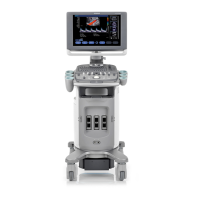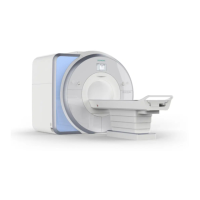1-62 Rapidlab 1200 Operator’s Guide: System Overview and Intended Use
02087462 Rev. V
Arterial-Venous Oxygen Content Difference
The arterial-venous oxygen content difference (ctO
2
(a- )) refers to the oxygen difference
between arterial and venous blood. It is a determina
tion of the amount of oxygen released
to the tissues per volume of blood.
34
When this result is obtained using a mixed venous sample, it is useful as an indicator of
changes in cardiac output and helps to assess the cardiac and metabolic factors affecting
arterial
oxygenation.
9
The system determines the arterial-venous oxygen content difference as follows:
ctO
2
(a- ) = ctO
2
(a)–ctO
2
( )
a-v Extraction Index
The a-v extraction index [ctO
2
([a- ]/a)] aids in the interpretation of the arterial-venous
oxygen content difference and can in
dicate inadequate oxygen content in arterial blood or
inadequate cardiac output to meet oxygen demands of the tissues.
9
The value is most
properly determined using arterial blood and mixed venous blood.
The system determines the a-v extracti
on index as follows:
ctO
2
([a- ]/a) = [ctO
2
(a- ) / ctO
2
(a)] x 100
Oxygen Consumption Rate
The oxygen consumption rate ( O
2
) is a determination of the volume of
oxygen consumed by the body per minute.
9
The system determines the oxygen consumption rate as follows:
O
2
= ctO
2
(a- ) × Qt × 10
Oxygen Delivery
Oxygen delivery ( O
2
), which is also referred to as oxygen transport, refers to
the volume of oxygen per minute that is transported to the t
issues.
34
The system determines oxygen delivery as follows:
O
2
= ctO
2
(a) × Qt × 10

